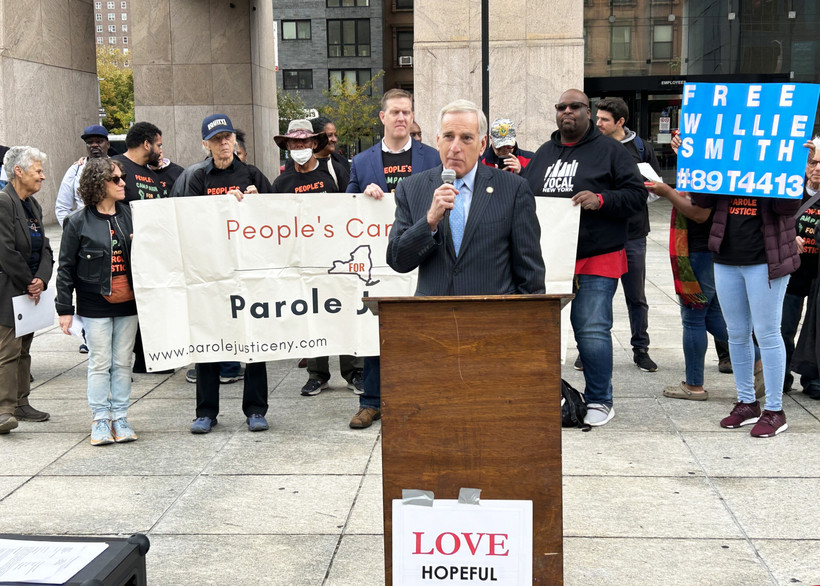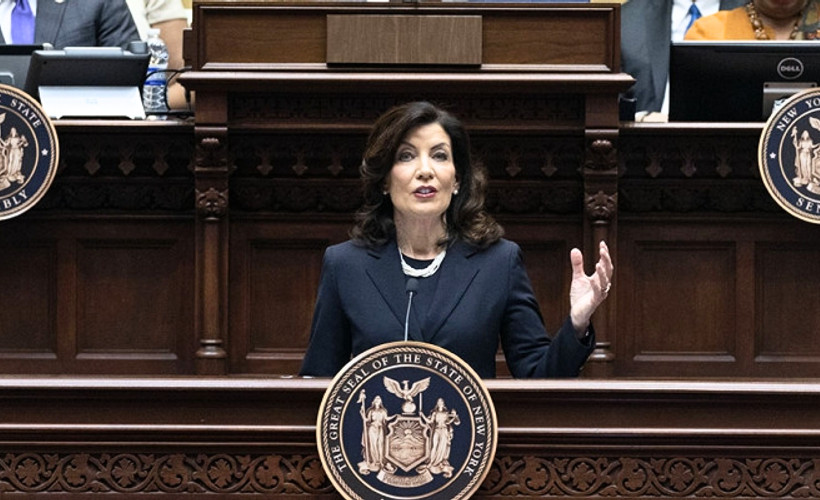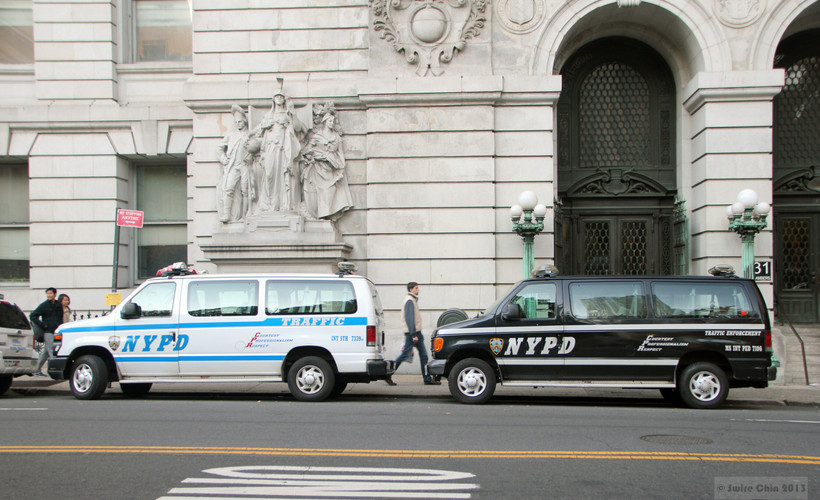Demystifying the New York Parole Board’s Murky Decisions
In New York, many incarcerated people don’t know how to secure their freedom. A court fight could clear up the lethally opaque process.

This is the third installment of a collaboration between Bolts and New York Focus on the opaque institutions that make up New York’s parole system. Read the first and second installments.
This is the third installment of a collaboration between Bolts and New York Focus on the opaque institutions that make up New York’s parole system. Read the first and second installments.


“This is not just death by incarceration. It is specifically death by the parole board.”
Update: On December 19, the Court of Appeals ruled unanimously that the Department of Corrections and Community Supervision does not need to release Board of Parole training documents prepared by legal counsel.




